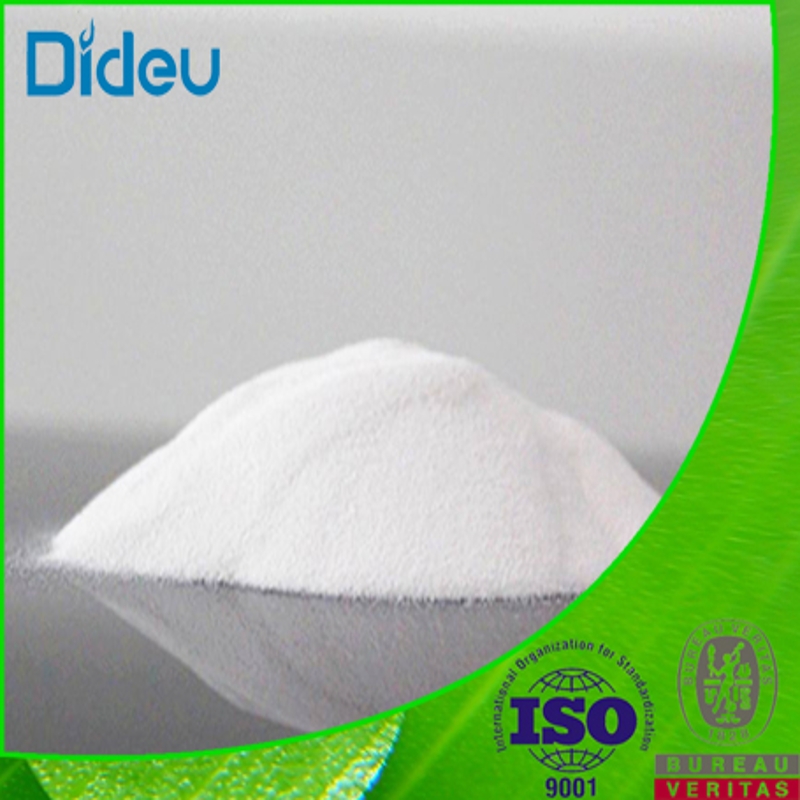-
Categories
-
Pharmaceutical Intermediates
-
Active Pharmaceutical Ingredients
-
Food Additives
- Industrial Coatings
- Agrochemicals
- Dyes and Pigments
- Surfactant
- Flavors and Fragrances
- Chemical Reagents
- Catalyst and Auxiliary
- Natural Products
- Inorganic Chemistry
-
Organic Chemistry
-
Biochemical Engineering
- Analytical Chemistry
-
Cosmetic Ingredient
- Water Treatment Chemical
-
Pharmaceutical Intermediates
Promotion
ECHEMI Mall
Wholesale
Weekly Price
Exhibition
News
-
Trade Service
The typical symptoms of "three more and one less" in many diabetic patients are not very obvious, so the early diagnosis of diabetes relies more on relevant clinical test results
Urine sugar
Normally, urine contains only trace amounts of glucose, and urine glucose tests are negative
Clinical significance:
In general, urine glucose can reflect the condition of
blood sugar
Clinically speaking, blood glucose refers to glucose
Fasting blood glucose ≥ 7.
As a diabetic patient, blood glucose should ideally be controlled at: fasting blood glucose < 6.
Glucose tolerance test (OGTT)
After a healthy person ingests a large amount of glucose, the blood glucose concentration is only temporarily and slightly increased, and it can return to normal levels after 2 hours, which is called the body's sugar tolerance phenomenon
Normal: fasting blood glucose 3.
The glucose tolerance test has great diagnostic value
Glycosylated hemoglobin and glycosylated serum protein
Blood glucose levels are often fluctuated by diet, exercise volume, mood, and drugs, so a blood glucose test can only reflect the blood glucose level at the moment of blood collection, and cannot reflect the average blood sugar level
Glycosylated hemoglobin can reflect the average blood glucose level in the 2-3 months prior to blood collection, and its normal value is 4% to 6%.
Glycosylated serum protein reflects the average blood glucose level over the previous 2-3 weeks, and its normal value is 1.
For diabetics with large fluctuations in blood sugar, it makes more sense
Islet function assay test
It is mainly used to understand the functional status of islet β cells, to help determine the type of diabetes and to determine the treatment plan
1.
Oral administration of 75 g of glucose to determine plasma insulin levels
A normal insulin value of 5-25 μ/ml on an empty stomach rises to 5-10 times that of an empty stomach 1 hour after taking sugar, and returns to an empty stomach level
after 3 hours.
Patients with type 1 diabetes mellitus had severe insulin secretion, no significant increase in postprandial insulin secretion, and the insulin release curve showed a non-responsive or low-level curve
.
In the early stages of type 2 diabetes, fasting and postprandial insulin levels can be normal or even slightly higher, but peak insulin secretion is often delayed until 2-3 hours later; In advanced type 2 diabetes, the insulin secretion curve of patients can be similar
to that of type 1 diabetes due to the failure of pancreatic islet β cell function.
In terms of guiding medication, if the amount of insulin secretion is not low, it means that the main problem is insulin resistance, and the treatment should control diet, strengthen exercise, lose weight, and choose drugs to improve insulin resistance (such as biguanides or thiazolidinediones, etc.
); If there is a severe deficiency of insulin secretion, insulin therapy should be added promptly
.
2, C peptide release test:
C-peptide is an isomolecular dissociation product when proinsulin is finally produced insulin, so the determination of C-peptide can indirectly reflect its own insulin secretion
.
The C-peptide value of fasting plasma in healthy people was 0.
8-4.
0 μg/L, which increased by 4-5 times 1-2 hours after meals, and basically returned to fasting levels
after 3 hours.
The significance of this test is the same as
that of the insulin release test.
Serum C-peptide determination can exclude the interference of exogenous insulin and more accurately reflect the secretion function
of the patient's own islet β cells.
Urine microalbumin (UAER)
Diabetic patients are often prone to concurrent renal damage, and if they are not detected and treated in time, they will gradually develop uremia
.
In early diabetic nephropathy, urine routine test urine protein is often negative and easy to be ignored, and when urine protein appears in urine routine, kidney lesions are often not early
.
Urine microalbumin measurement is a sensitive indicator of early renal impairment, and urine microalbumin exceeding 30 mg/24 hours, or 20 μg/min, suggests early renal impairment
.
At this time, if blood glucose, blood pressure can be strictly controlled and other treatments can be cooperated, kidney function can most likely return to normal
.
Blood and urine ketone bodies
Severe diabetic patients due to severe insulin deficiency and sugar utilization disorders, resulting in lipolysis, the production of a large number of ketones and accumulation in the blood, causing diabetic ketoacidosis, if not timely detection and treatment, can endanger the patient's life
.
A urine ketone body test is a screening test and a positive result may also be due to inability to eat or vomiting; A negative result does not completely exclude ketosis, so the accuracy is poor
.
A reliable test is to measure the amount of β-hydroxybutyric acid in the blood, and more than 0.
5 mmol/L indicates diabetic ketosis
.
Diabetes-related antibodies
Including glutamate decarboxylase antibody (GADA), islet cell antibody (ICA) and insulin autoantibody (IAA), etc.
, mainly used for the classification
of diabetes.
Both healthy people and people with type 2 diabetes are negative for all three antibodies
.
Type 1 diabetes is mostly positive, among which glutamate decarboxylase antibodies have the highest diagnostic value, and their positive rate is as high as 90% and can last for many years
.
blood lipids
Diabetes is a metabolic disorder syndrome, in addition to high blood sugar, often accompanied by abnormal blood lipid metabolism, etc.
, which together constitute a risk factor
for chronic complications of diabetes.
The blood lipid control of diabetic patients should be more stringent than that of ordinary people, and the Chinese Diabetes Society requires that the blood lipids of diabetic patients should be controlled in: total cholesterol < 4.
5 mmol/L, triglyceride < 1.
5 mmol/L, high-density lipoprotein cholesterol > 1.
1 mmol/L, and LDL cholesterol < 2.
6 mmol/L<b10>.







